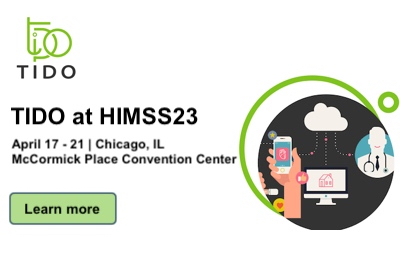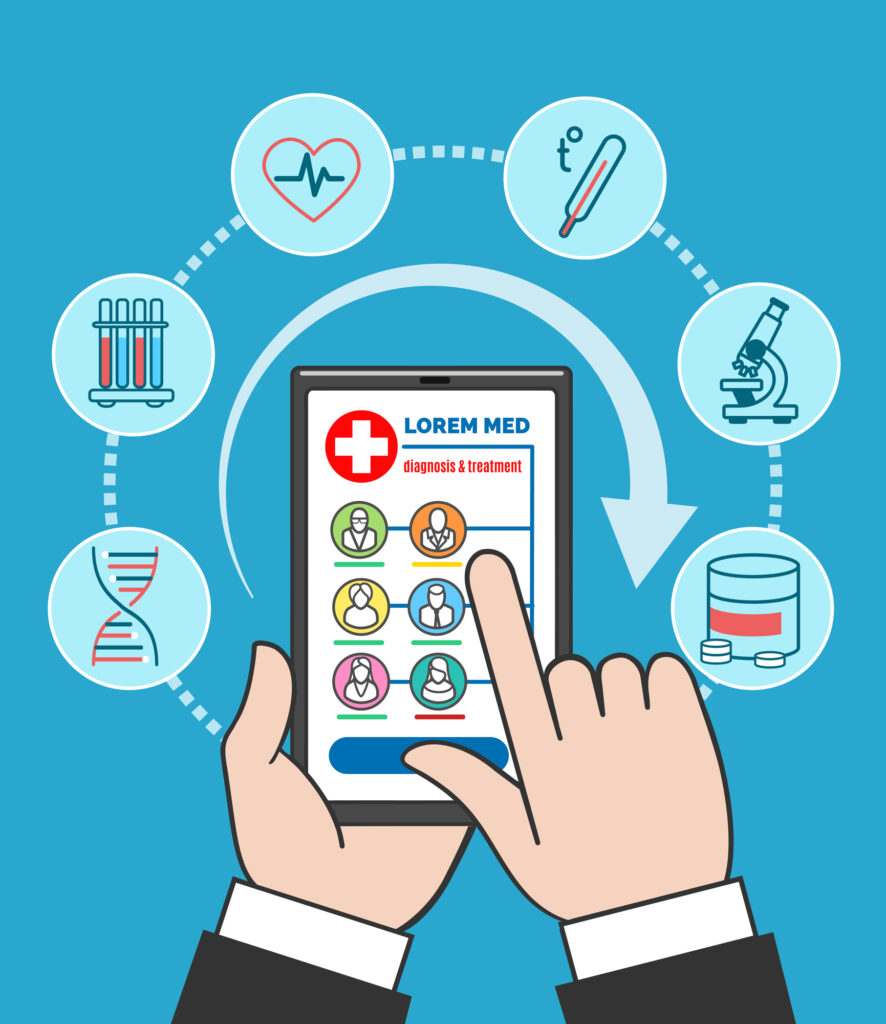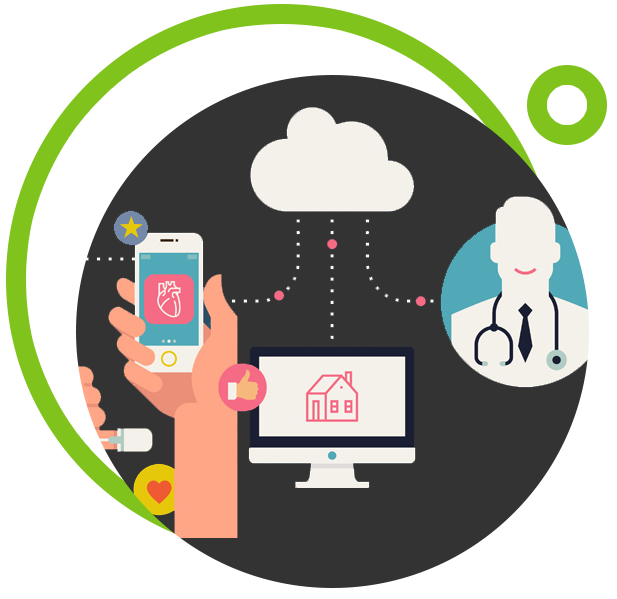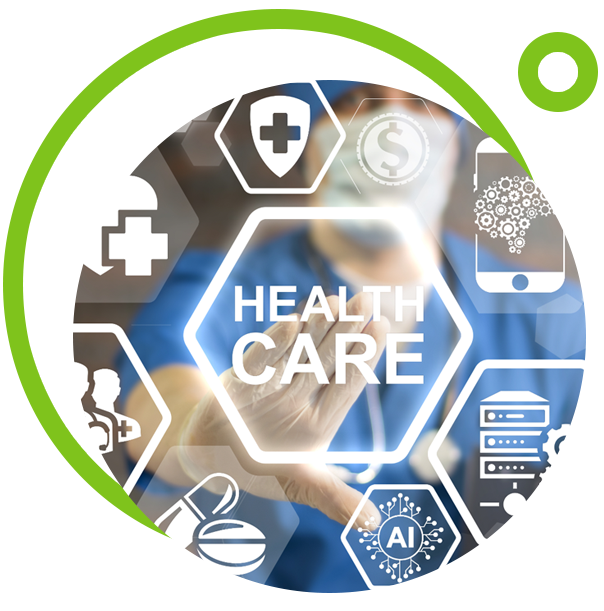
From cars to healthcare, Vik and John chat about a variety of topics in the latest This Week in Health Tech podcast, but we focused on Vik’s experience from HIMSS. Check out the episode, we chatted a bit about AI generated automated responses to patient messages to physicians.
After our conversation an interesting study was released in JAMA about ChatGPT outperforming physicians on empathy responding to messages. There’s a lot to unpack there! There is some controversy surrounding the applicability of the study and how it was conducted, but it does raise interesting questions and possibilities for the future. It brings us back to the question about where to use technology in healthcare? How do we do this without unintended consequences or further alienating patients from healthcare? If patient’s know they are interacting with a computer, how does this impact engagement and adherence? What is the applicability in the healthcare environment?
Part of the promise of AI is to do what people do, only do it faster. Synthesize information into a coherent string of words delivered in a certain style. When we consider a response to a patient inquiry, LLMs have the ability to aggregate styles and deliver an empathetic response, they also have the luxury of time, being able to do it quickly. It can take about 15-30 seconds for these AI models to generate a response, it takes a clinician longer to craft a meaningful response.
If we allow AI to write a response, then we still need the human to read it over and make sure it is relevant, applicable, and appropriate. This assurance takes time from the clinician to read over the response, understand the patient question, the context, the patient background, and for some questions to dig a bit deeper and find out why the patient is asking a question.
Before we seek out another solution with many unknowns, we should start to look at what we have now and consider whether or now we are optimizing the current systems. Will a new AI solution really save time, or will it increase the burden with more back and forth? There are so many interconnected solutions out there, are we actually utilizing them, or are we working around them?
Making incremental, seemingly insignificant, improvements can have dramatic improvements to clinical efficiency. Reliable interconnected systems, making sure the information is flowing back and forth, and ensuring that any AI solutions that we will come to rely on actually have access to all the information, is just as essential now as it will be in the future. Disconnected systems can render AI just as inefficient as they render our clinical teams now.
Want to make sure your systems are talking to each other? Tido’s automated applications and integration monitoring can avoid many of the problems and inefficiencies that clinical teams, and AI, will experience when networks aren’t communicating and the information isn’t flowing smoothly. For over 10 years we’ve been partnering with health systems to ensure their getting the most from their current investments. Contact us today and see how we can work with you to optimize your technology investments.



 All health systems, no matter if they are small, medium, or large are dealing with increasing number of applications. The COVID-19 pandemic has accelerated digital transformation in every major sector, vastly increasing our reliance on technology to meet many of our daily needs. And healthcare is no exception! Our health systems have greatly expanded their digital footprint to better serve our patients, empowering them to perform routine tasks without leaving the comfort of their home—such as paying bills, requesting medication refills, and even receiving personal health updates digitally.
All health systems, no matter if they are small, medium, or large are dealing with increasing number of applications. The COVID-19 pandemic has accelerated digital transformation in every major sector, vastly increasing our reliance on technology to meet many of our daily needs. And healthcare is no exception! Our health systems have greatly expanded their digital footprint to better serve our patients, empowering them to perform routine tasks without leaving the comfort of their home—such as paying bills, requesting medication refills, and even receiving personal health updates digitally.